Entries from April 2008
April 24th, 2008 · Comments Off on Forms and Names
Forms
Diazepam can be prescribed and taken in oral, rectal, inhalation, and injection forms. Injections are used for uses with children.
Names
Trade names for diazepam include Valium (most common in America), Novodipam, and Valpam.
Recreational Use
Self-medication in frequent with diazepam because of the strong dependence formed. *In Sweden, over 25% of DUIs were due to diazepam.*
[Read more →]
Categories: Diazepam
April 24th, 2008 · Comments Off on Dosage/Dependence/Toxicity
Dosage
Typical dosages for healthy adults range from 2 mg per dose to 10 mg per dose taken 2 to 4 times per day, depending on such factors as body weight and condition being treated. However, dosage is usually increased with time due to a tolerance buildup.
Dependence
Diazepam as with other benzodiazepine drugs can cause physical dependence, addiction and what is known as the benzodiazepine withdrawal syndrome . Withdrawal from diazepam or other benzodiazepines often leads to withdrawal symptoms which are similar to those seen during alcohol and barbituate withdrawal. The higher the dose and the longer the drug is taken for the greater the risk of experiencing unpleasant withdrawal symptoms. Withdrawal symptoms can occur from standard dosages and also after short term use.
Toxicity
Although not usually fatal when taken alone, a diazepam overdose is considered a medical emergency and generally requires the immediate attention of medical personnel. The antidote for an overdose of diazepam (or any other benzodiazepine) is flumazenil (Anexate). This drug is only used in cases with severe respiratory depression or cardiovascular complications.
Symptoms of an overdose of diazepam include coma, hypo tension, and mental confusion along with impaired motor functions.
[Read more →]
Categories: Diazepam
April 24th, 2008 · Comments Off on Chemistry
C16H 13ClN2O
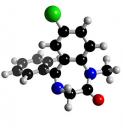
Diazepam is a white, light yellow crystalline powder. It does not have a smell and tastes slightly bitter. The melting point of diazepam is between 130-134 degrees C. It is soluble in Chloroform, but in water it is almost totally insoluble. Also, diazepam in neutral with a pH level of 7.
[Read more →]
Categories: Diazepam
April 24th, 2008 · 1 Comment
Introduction | Discovery | Chemical Composition
Usage | Historical Significance
Once in the brain, heroin is rapidly metabolized into morphine by removal of the acetyl groups. The morphine molecule then binds with the opioid receptors in the brain and produces the subjective effects of the heroin high. Large doses can make users relaxed and drowsy. Heroin use also causes lack of concentration, suppresses pain, and sometimes induces anxiety and fear. Large doses of heroin can be fatal.
Short-Term Effects
- “Rush”
- Depressed respiration
- Clouded mental functioning
- Nausea and vomiting
- Suppression of pain
- Spontaneous abortion
Long-Term Effects
- Addiction
- Infectious diseases, HIV/AIDS and hepatitis B and C
- Collapsed veins
- Bacterial Infections
- Abscesses
- Infection of heart lining and valves
- Arthritis and other rheumatologic problems
[Read more →]
Categories: Heroin
April 24th, 2008 · 1 Comment
Historical Overview | Discovery & Development | Chemical Composition | Use in Warfare | Home
After liquid gasoline had been used in World War I and proven extremely dangerous, US chemists developed a thickener for gasoline which contributed to a more viscous and controllable substance. Napalm was first used in World War II in flame throwers and fire bombs. It came to particular attention during the Vietnam War. Its properties made it extremely useful in the warfare setting of the Vietnam jungle. Napalm was more efficient because it was less likely to damage the source (flame thrower, helicopter etc.) it was coming from. Also, the thickening agents slowed down the rate of burning which made it even easier to propel.

A U.S. riverboat using Napalm
[Read more →]
Categories: Napalm
April 24th, 2008 · Comments Off on Discovery & Development
Historical Overview | Discovery & Development | Chemical Composition | Use in Warfare | Home
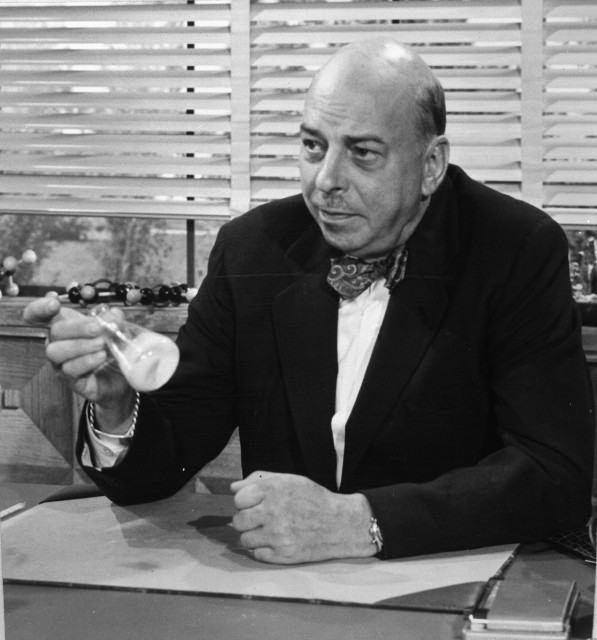
Napalm was developed by Louis Fieser of Harvard by commission of the US Government in 1943. Fieser has worked in many other fields including steroids, carcinogens and vitamins. In partnership with his wife, Mary Fieser, Louis wrote many renown texts including Organic Chemistry, Style Guide for Chemists, Reagents for Organic Synthesis etc.
[Read more →]
Categories: Napalm
April 24th, 2008 · Comments Off on History of Diazepam
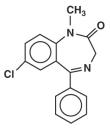
Invented by Dr. Leo Sternbach of Hoffman-La Roche and approved for use in 1963, Diazepam is two and a half times more potent than its predecessor, chlordiazepoxide, which it quickly surpassed in terms of sales.Diazepam was the top-selling pharmaceutical in the United States from 1969 to 1982, with peak sales in 1978 of 2.3 billion tablets.
Diazepam is also found in nature. Several plants, such as potato and wheat, contain trace amounts of naturally occurring diazepam and other benzodiazepines.
Diazepam is a core medicine in the World Health Organization’s “Essential Drugs List”, which lists the minimum medical needs for a health care system.
Diazepam was originally designed for the treatment of anxiety disorders and is also used for the treatment of agitation, tremors, delirium, seizures, and hallucinations resulting from alchohol withdrawl. It is used for the treatment of seizures and relief of muscle spasms in some neurological diseases including stiff-person syndrome.
[Read more →]
Categories: Diazepam
Introduction | Discovery | Chemical Composition
Usage | Historical Significance
Chemical Formula: C21H23NO5
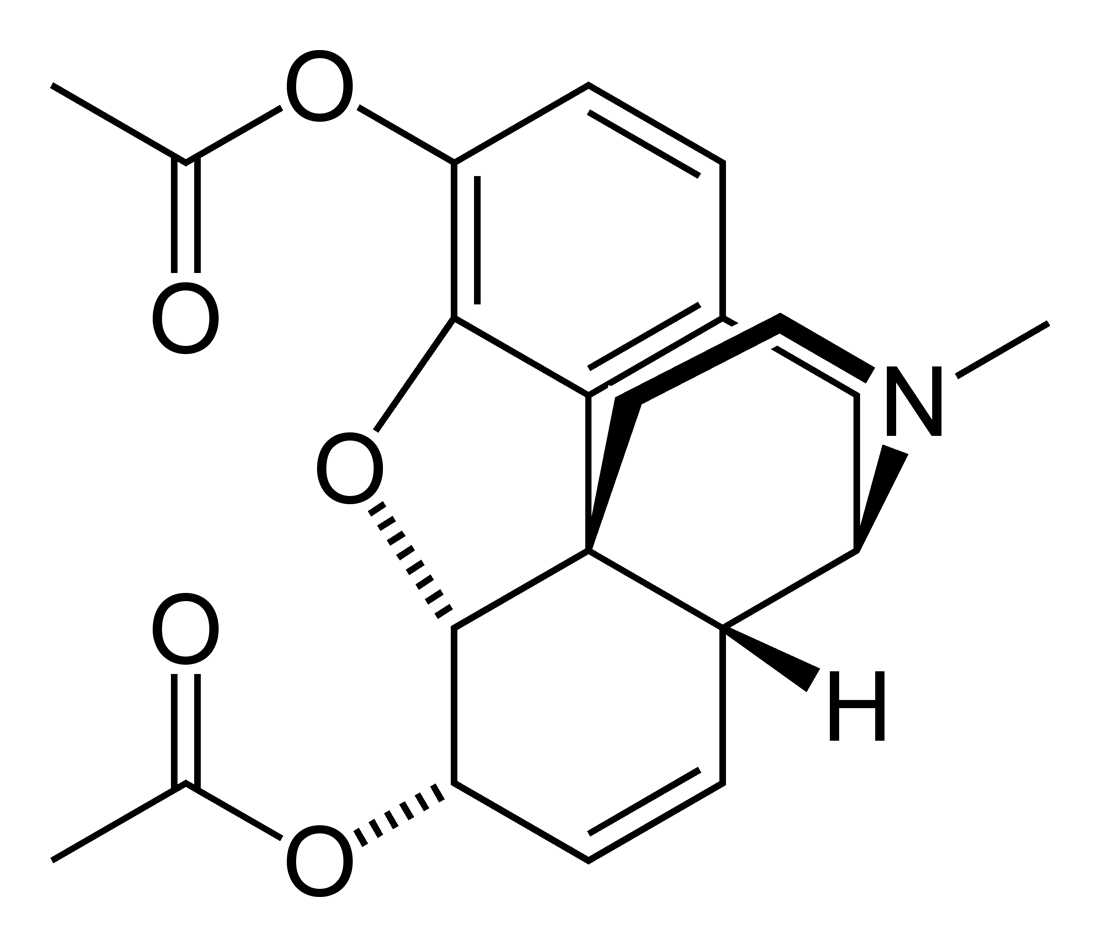
Formal Chemical Name (IUPAC):
7,8-didehydro-4,5-epoxy-17-methylmorphinan-
3,6-diol diacetate
Heroin is the 3,6-diacetyl derivative of morphine (hence diacetylmorphine) and is synthesised from it by acetylation.
A molecule of heroin is made up of 21 atoms of carbon, 23 atoms of hydrogen, 1 atom of nitrogen, and 5 atoms of oxygen. There are six double bonds within each molecule, and the rest of the bonds are single. 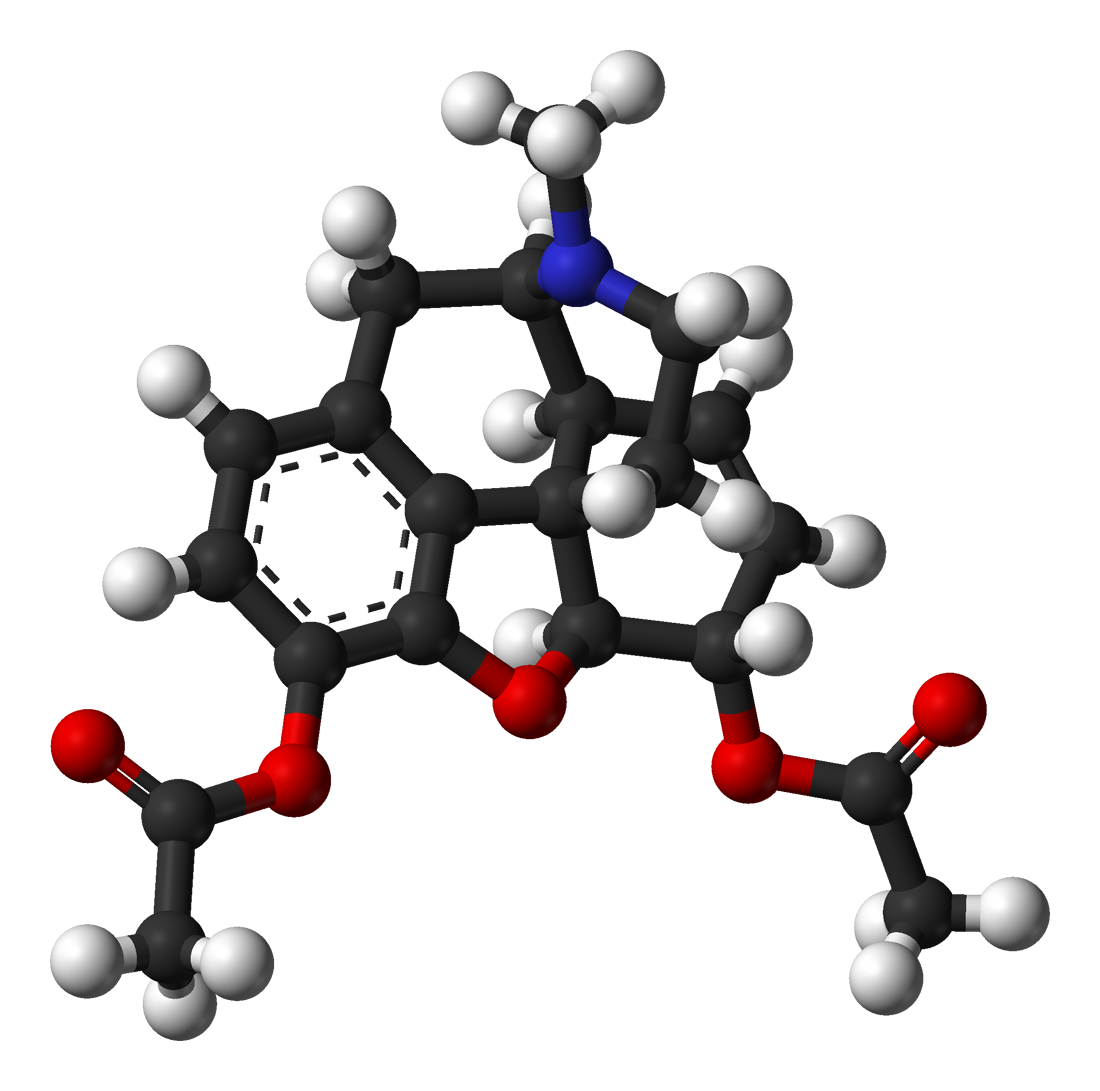
Precent composition by mass: 68.28% Carbon, 6.28% Hydrogen, 3.79% Nitrogen, 21.65% Oxygen.
Properties:
Heroin is a white and sometimes brownish, odorless compound and is a highly addicive narcotic when abused.
[Read more →]
Categories: Heroin
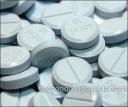
Diazepam is in a group of drugs called benzodiazepines Diazepam affects chemicals in the brain that may become unbalanced and cause anxiety.
Diazepam is used for the management of anxiety disorders or for the short-term relief of symptoms of anxiety. It may also be used to relieve agitation, shakiness, and hallucinations during alcohol withdrawal and to relieve certain types of muscle spasms. It may also be used to treat seizures, insomnia, and other conditions as determined by your doctor.
[Read more →]
Categories: Diazepam
April 24th, 2008 · Comments Off on Discovery
Introduction | Discovery | Chemical Composition
Usage | Historical Significance
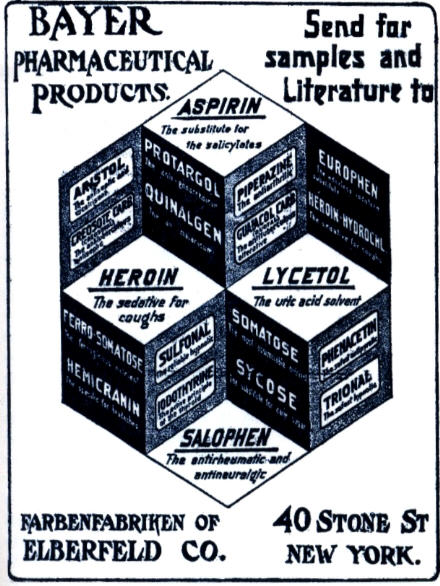
Heroin was first processed in 1874 by C.R. Alder Wright, an English chemist working at a medical school in London.
Wright’s invention, however, did not lead to any further developments, and heroin only became popular after it was independently re-synthesized 23 years later by another chemist, Felix Hoffman working at the German pharmaceutical company Bayer.
Bayer would name the substance “heroin”, which came from the word heroisch, German for heroic, because in field studies people using the medicine felt “heroic”.
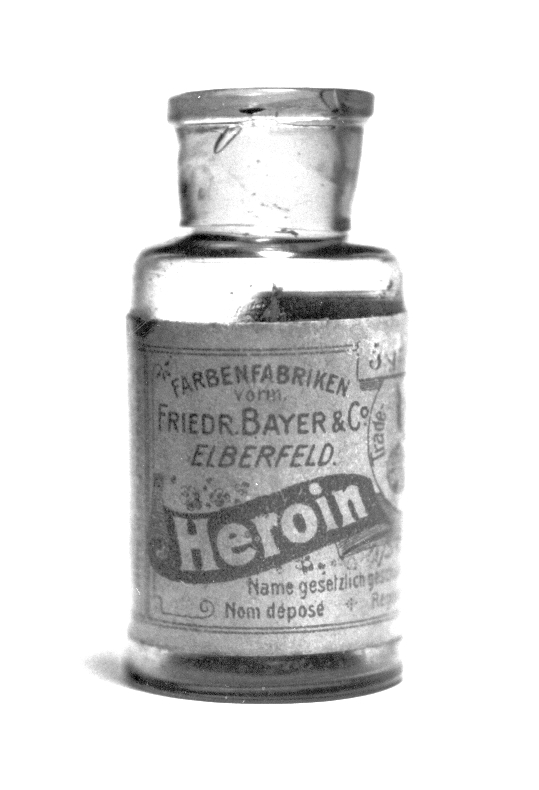
In the beginning, heroin was marketed as a non-addictive substitute for morphine and a cough-supressant drug for children. It was only in 1910 that the addictive qualities of the drug were realized and the free distribution of the drug banned.
[Read more →]
Categories: Heroin









